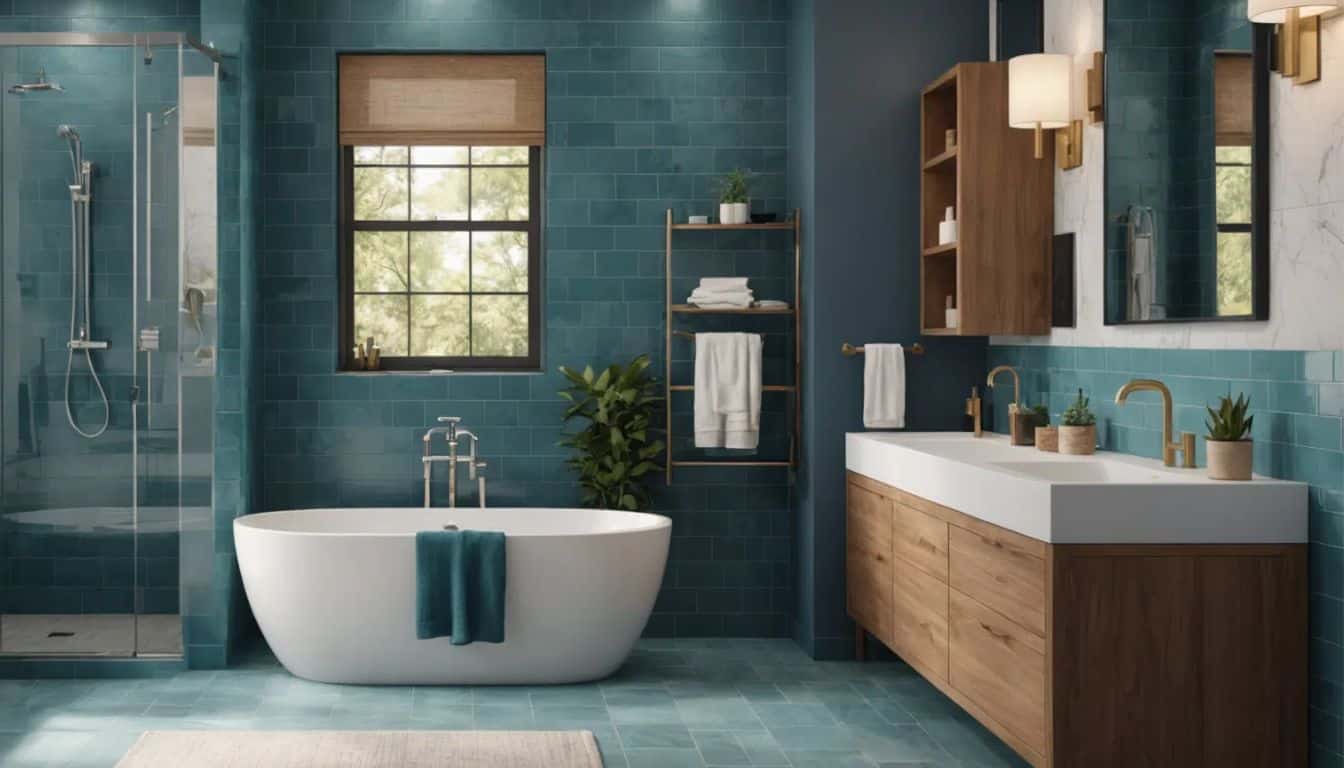The hydrangeas are often considered the jewel of the gardenwith their spectacular blooms that capture the attention of anyone who observes them.
However, to ensure that these generous plants give you lush blooms year after year, it is essential to avoid some common mistakes when planting.
Find out how to make the right choice so that your hydrangeas thrive and give you their memorable beauty.
Light and shadow: the key to success
Hydrangeas love positions of half shade. An exhibition at direct sunlight for the whole day it can be harmful, burning the leaves and stressing the plant.
Instead, the total lack of light reduces flowering. Try to plant your hydrangeas in a corner that receives morning sun, but provides cooling shade in the afternoon.
The type of soil: a crucial factor
The type of soil plays a fundamental role in the health of hydrangeas. These plants prefer soil slightly acidic and rich in organic substances.
Too calcareous soil can cause iron chlorosisa condition that causes leaves to turn yellow. Therefore avoid i calcareous soils and evaluate the land use of heath if necessary.
Shelter from the winds: protect hydrangeas from nature
Hydrangeas with theirs broad leaves hey fragile stems benefit from a protected environment. THE strong winds they can seriously damage them, even interrupting flowering.
Choose a protected area, such as near a wall or hedge, for natural protection against the elements.
Away from tree roots
Trees like maples hey oaks they can pose a serious threat to hydrangeas due to their extensive roots that compete for water and nutrients.
Planting a hydrangea too close to these roots deprives it of what it needs to thrive. Properly spacing hydrangeas can make the difference between a healthy plant and one that is struggling to grow.







